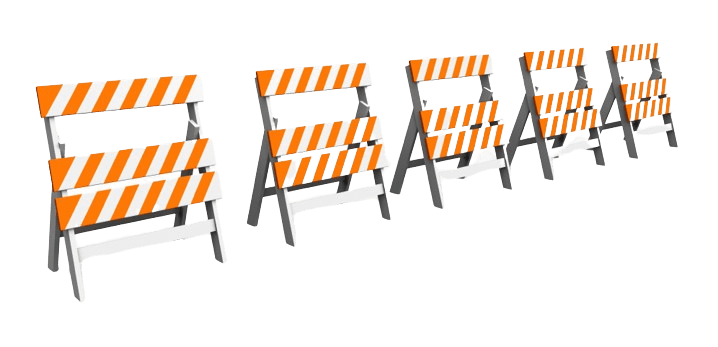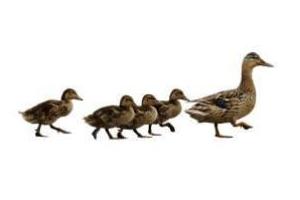The GROW approach helps to develop sustainable and inspiring development plans.
< 24 pers.
90-120 min.
Materials for creative work, for example, magazines and scissors, painting colours, film, flipchart paper, Post-it notes, pens
Outline
There are two different approaches for planning personal or organisational development:
- The common approach is to identify shortcomings in the current situation and to improve it step by step. The drawbacks to this strategy are that it leaves a person vulnerable to unexpected events and development is driven mainly by coincidence.
- The alternative approach is to set a clear goal and plan each next step accordingly. Having a clear idea of where one wants to be after a foreseeable amount of time and placing this vision at the centre of the development plan makes this approach to development more determined and less prone to outside factors.
The GROW model helps people implement the second, alternative, strategy to personal or organisational development.
2.
Reality
Compare the defined goals to the current situation

3.
Obstacles
Identify the main obstacles for getting from the current situation to the desired situation

4.
Way forward
Define actions for overcaming obstacles and making use of available options

1.
Goal
Define where you want to be

The steps
Start at the end of the table (Goal) and then move to the beginning (Current situation). In between, write down obstacles and actions for moving forward towards the set goal.
1. Goal
The first step is to define where one wants to be. Goals should be based upon the SMART principles, which state that a well-defined goal should be Specific, Measurable, Achievable, Relevant, and Time-bound.
An effective way to set objectives is to define a specific date that is far enough in the future to provide adequate time for making an impact, but not too far in the future to lack relevance. Planning one or two years ahead is usually feasible for most situations. Next, the group (or person) identifies concrete actions, attitudes, or other changes that illustrate what it would like its situation to be like at this defined date.
2. Reality
The defined goals are now compared to the current situation. The objective is to ensure that the goals address existing problems and priorities. The group (person) must also reach an understanding of what will have to be done. For example, if one of the goals is to ensure that all group members have sufficient skills in using the Internet by June 1st of next year, in this phase one would look at what is the current situation regarding the use of computers, access to the Internet, etc.
3. Obstacles and options
The next step is to identify the main obstacles for getting from the current situation to the desired situation. When this is done, the group brainstorms possible actions for overcoming these obstacles.
4. Way forward
After defining where one wants to be and what are the ways of getting there, the aim of the last stage of this process is to ensure that the group (person) manages to go this road. This includes visualising possible problems and how to address them, increasing motivation, and ensuring commitment.
Comment
A good example of such development is the average person’s life. Without doubt, development takes place over the course of one’s life, but only to a limited extent does it follow a planned route. Most influential changes and steps in the development of a one’s life are based on the people one meets, chance occurrences, and other outside factors. The alternative approach is to set a clear goal for one’s own life and define where one wants to be. For example, if an adult decides to gain another university degree, he/she will rearrange his/her life in order to achieve this goal.

